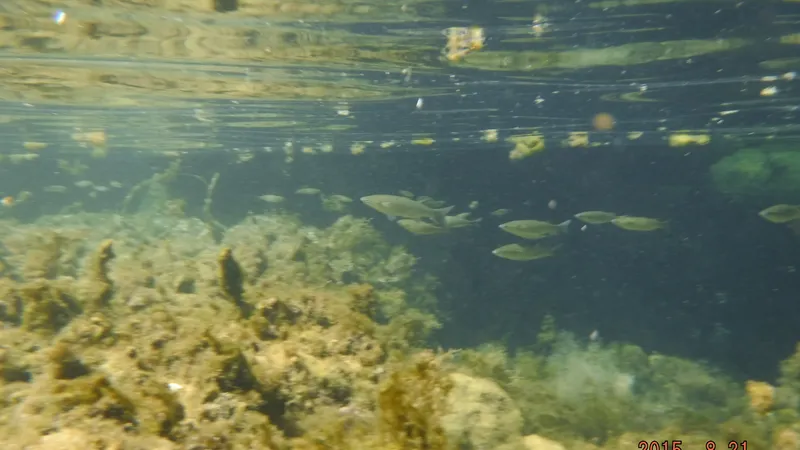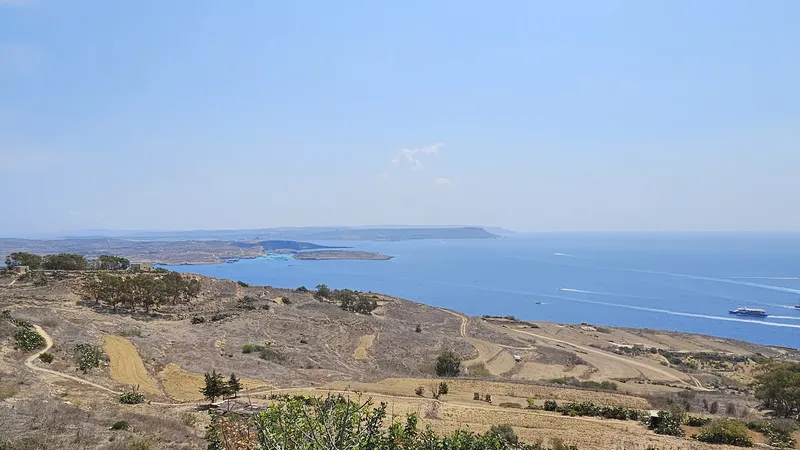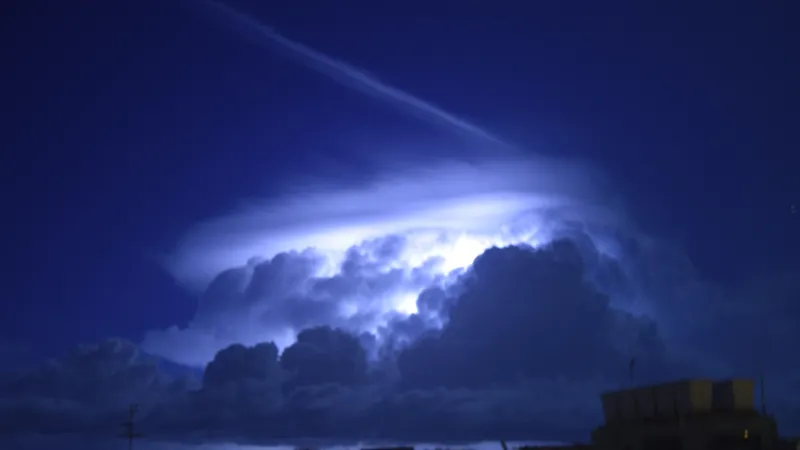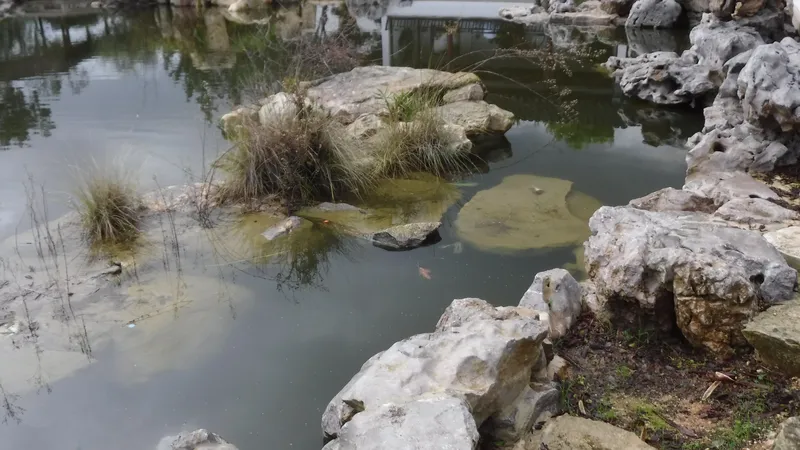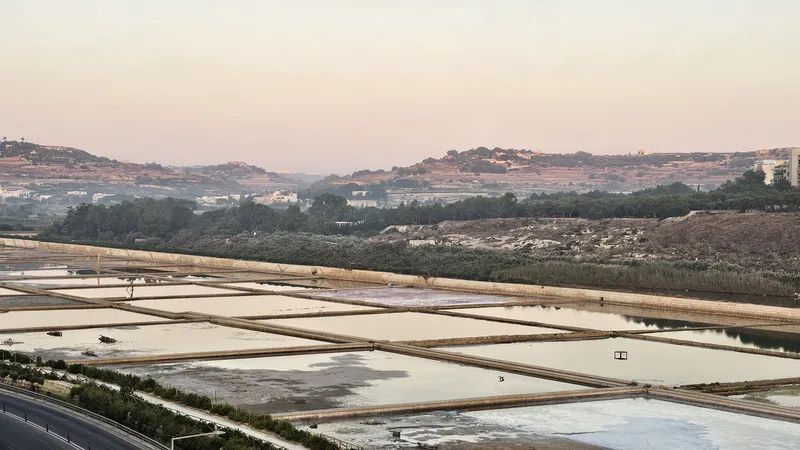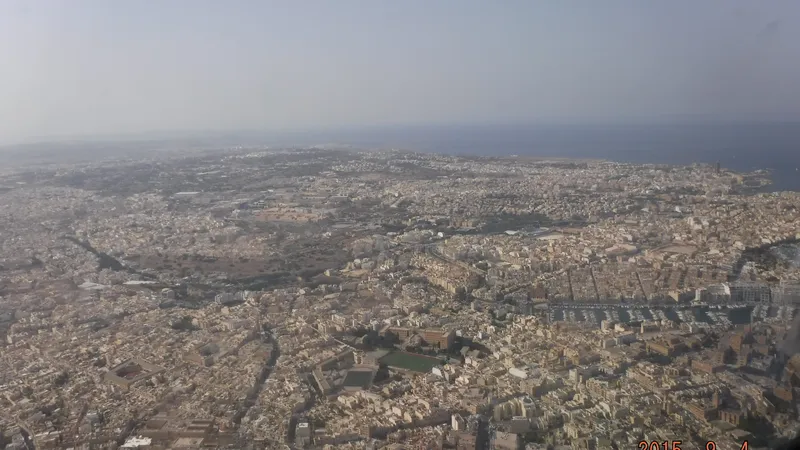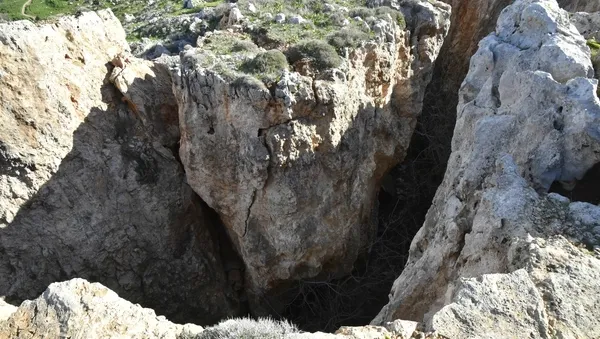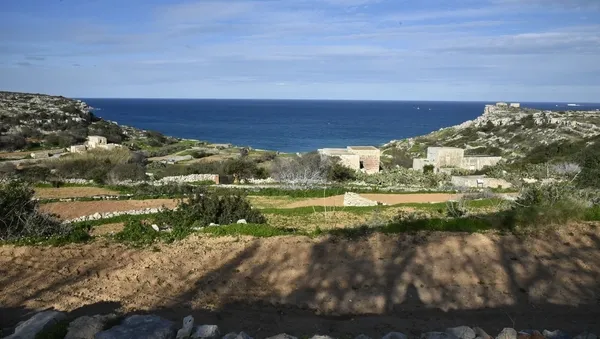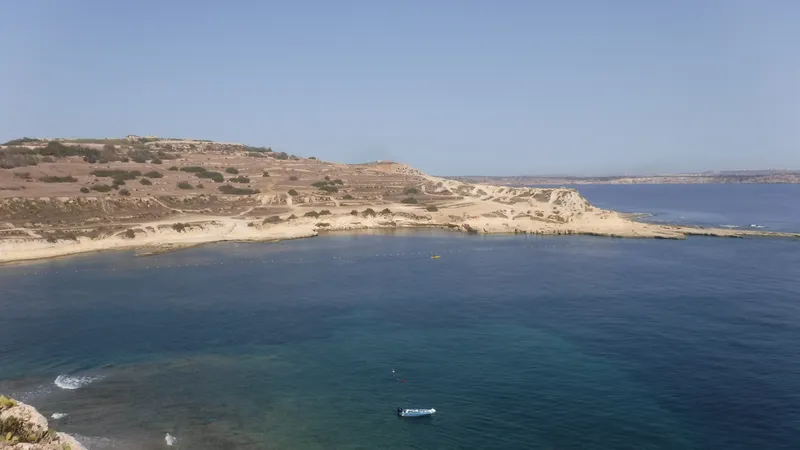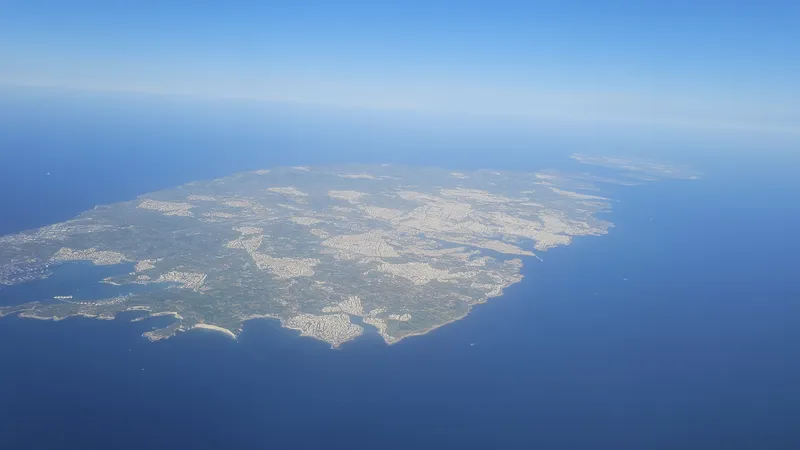Types of Environment
Marine Environment
Terrestrial Environment
Aerial (or Atmospheric) Environment
Freshwater Environment
Estuarine Environment
Urban Environment
Subterranean Environment
Hill Environment
Coastal Environment
Islet or Island Environment
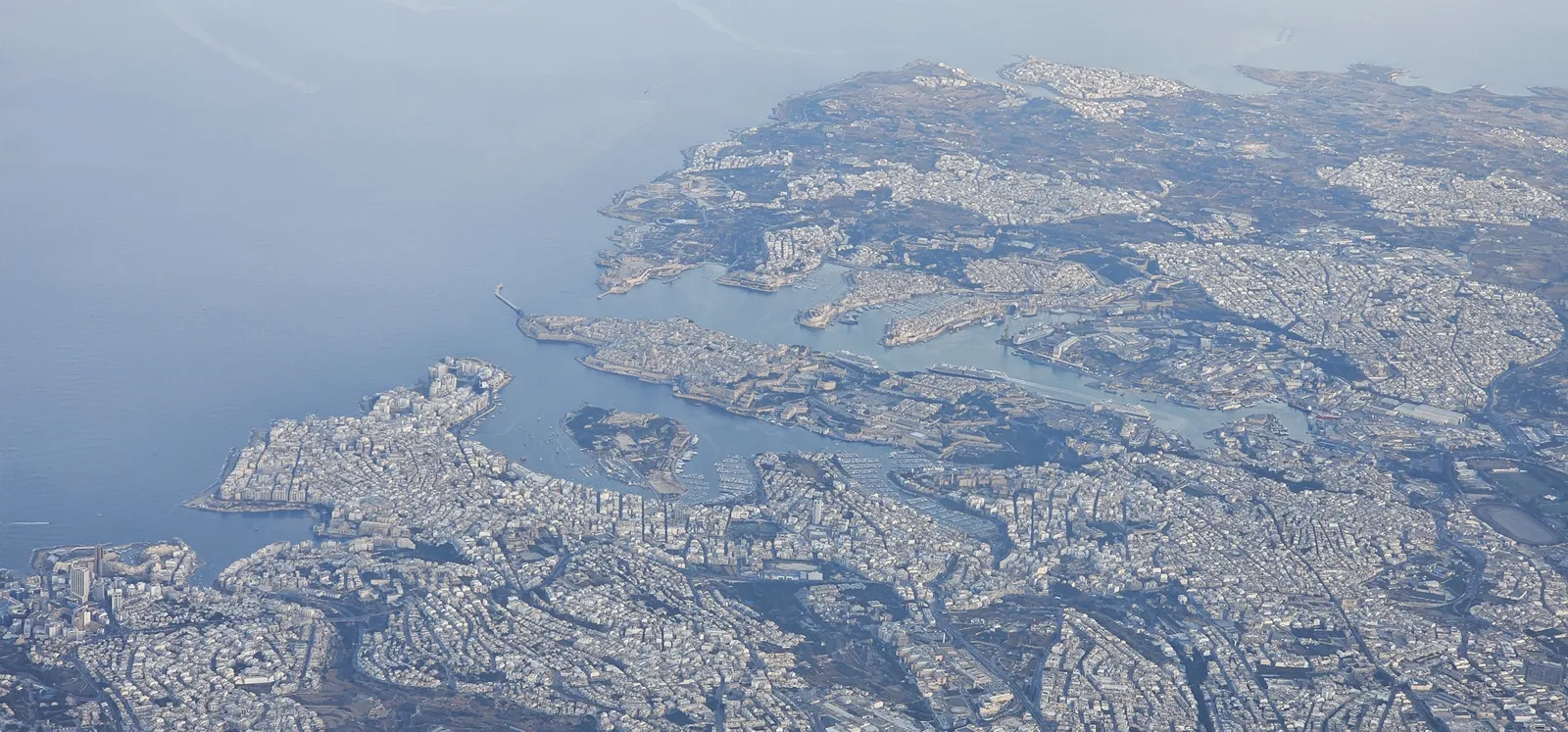
Ariel view of Malta urban main areas. Copyright © 2025 Stephen Yardley
Environments
Indepth reading, follow the links:
Marine Environment
Malta is surrounded by the Mediterranean Sea, with a rich marine ecosystem that includes coralligenous reefs, seagrass meadows (e.g., Posidonia oceanica), underwater caves, and deep pelagic zones. These habitats support diverse marine life such as groupers, sea urchins, dolphins, and loggerhead turtles. Marine protected areas (MPAs) play a crucial role in conserving these ecosystems from overfishing, pollution, and unsustainable tourism.
Terrestrial Environment
Despite its small size, the Maltese Islands host a variety of terrestrial habitats. These include garigue, steppe, and maquis—Mediterranean vegetation types rich in endemic flora. Small patches of woodland remnants, agricultural fields, and valleys further contribute to terrestrial biodiversity. Species such as the Maltese wall lizard and endemic plants thrive in these environments.
Aerial (Atmospheric) Environment
The airspace above Malta is important for migratory bird routes, as the islands lie on the Central Mediterranean Flyway. Birds such as marsh harriers, bee-eaters, and herons use Malta as a stopover. However, air pollution from vehicles and industry, as well as hunting practices, affect this sensitive layer of the environment.
Freshwater Environment
Due to limited rainfall and lack of rivers, Malta has very few natural freshwater sources. However, temporary rainwater streams (wadis) and man-made reservoirs create microhabitats for amphibians and insects. Wetlands like Is‑Simar and Għadira Nature Reserve are crucial refuges for freshwater biodiversity and migratory birds.
Estuarine Environment
While Malta lacks large estuaries, small brackish zones can be found in coastal wetlands where rainwater and groundwater mix with seawater. Examples include parts of Salina, Għadira, and Marsaxlokk Bay, which provide unique ecosystems for halophytic (salt-tolerant) vegetation and wading birds.
Urban Environment
Cities such as Valletta, Sliema, and Birkirkara represent densely built-up areas with high population densities. Urban sprawl has led to habitat fragmentation and increased pressure on land resources. However, urban gardens, rooftop vegetation, and green walls are becoming more common in efforts to enhance sustainability and urban biodiversity.
Subterranean Environment
Malta's limestone geology supports a network of caves, sinkholes, and underground aquifers. Natural caves such as Għar Dalam and Ninu’s Cave house unique microorganisms and bats. These environments are important for geological study, water storage, and the preservation of fossil records and archaeological remains.
Hill Environment
The island’s terrain includes modest hills and ridges, such as Dingli Cliffs and the Mġarr and Żebbuġ uplands. These areas host distinct plant communities and provide excellent birdwatching sites. Their elevation and slope influence local microclimates and water runoff patterns.
Coastal Environment
The coastline of Malta, Gozo, and Comino features cliffs, bays, beaches, salt pans, and tidal pools. These habitats support nesting seabirds like the Yelkouan shearwater, as well as marine invertebrates and algae. Coastal zones are highly valued for tourism but are also vulnerable to erosion, sea-level rise, and pollution.
Islet or Island Environment
Beyond the main islands, smaller landforms such as Filfla, St. Paul’s Islands, and Cominotto support unique ecological conditions. These islets are often inaccessible, allowing for the survival of sensitive or endangered species such as seabirds, endemic snails, and rare vegetation. Strict access regulations help protect these fragile ecosystems.
